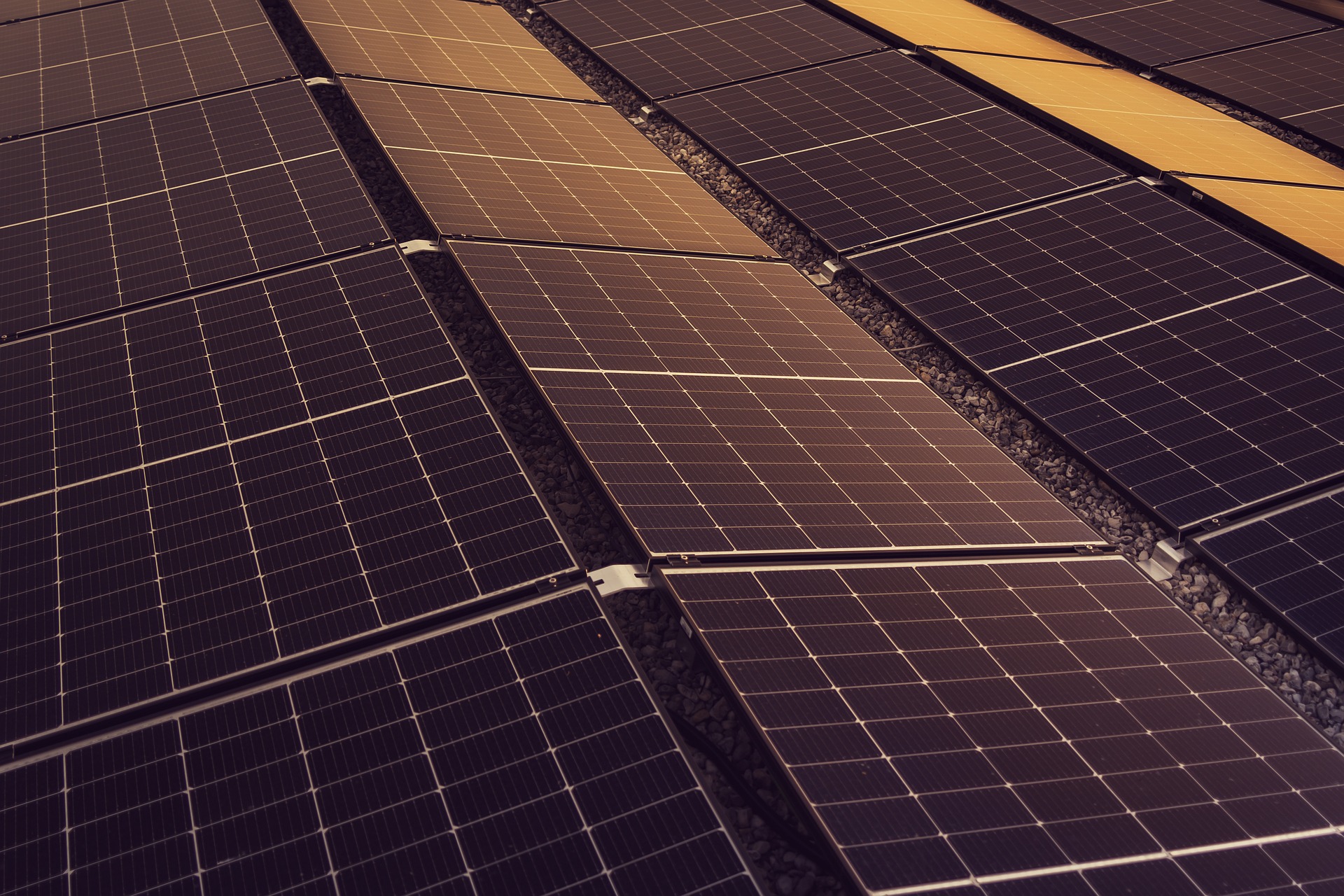Africa’s renewable energy ambitions received a major boost this month as the Global Energy Alliance for People and Planet (GEAPP) announced it has successfully mobilized $4.2 billion to finance green energy projects across the continent.
The investment, made possible through blended finance mechanisms, will support 49 renewable energy initiatives, bringing electricity to millions, creating jobs, and reducing carbon emissions.
$4.2 Billion for Energy Access and Jobs
According to GEAPP’s latest impact report, the financing will extend energy access to 31 million people, enable the creation of 727,000 new jobs, and prevent 88 million tonnes of carbon emissions over time.
The projects funded range from solar mini-grids in Nigeria, to battery storage expansion in Malawi, and just-transition workforce training programs in South Africa. These initiatives directly address Africa’s persistent challenge of energy poverty, where nearly 600 million people remain without access to reliable electricity.
Why This Matters Now
The announcement comes at a critical moment in the global climate finance debate. Africa, which contributes less than 4% of global greenhouse gas emissions, faces some of the most severe impacts of climate change, including droughts, floods, and energy insecurity.
At the same time, the continent holds immense renewable potential particularly in solar and wind resources. Yet, African nations still face the highest cost of capital in the world for renewable projects, often double or triple what developers pay in Europe or North America.
Mobilizing $4.2 billion through blended finance where philanthropic capital is used to reduce risks for private investors offers a model for scaling renewable projects even in high-risk markets.
How the Financing Was Structured
The GEAPP mobilization strategy combined philanthropic contributions, development finance, and private sector investment. This approach de-risks early-stage projects, making them attractive to commercial lenders and institutional investors who might otherwise hesitate to enter African markets.
“Blended finance has proven to be a catalyst for unlocking capital at scale,” said GEAPP CEO Simon Harford in the impact report. “This $4.2 billion demonstrates what’s possible when philanthropic partners, governments, and private investors work together toward a shared vision of universal energy access.”
Case Studies: From Mini-Grids to Just Transition
- Nigeria – Solar Mini-Grids
Nigeria has one of the largest populations living without reliable electricity. GEAPP-backed projects will expand solar mini-grids to rural communities, reducing reliance on expensive diesel generators and supporting small businesses.
- Malawi – Battery Storage Expansion
With rising renewable penetration, Malawi faces intermittency challenges. GEAPP funding will support battery storage systems, helping stabilize the grid and enabling more consistent electricity supply.
- South Africa – Just Transition Programs
In coal-dependent South Africa, GEAPP is funding workforce retraining programs to prepare workers for jobs in renewable energy, ensuring that the energy transition also supports livelihoods.
A Drop in the Ocean Compared to Needs
While $4.2 billion is a significant achievement, experts caution that it barely scratches the surface of Africa’s true financing needs. The International Energy Agency (IEA) estimates that Africa requires $200 billion annually by 2030 to meet its clean energy and climate goals.
Currently, less than 3% of global clean energy investment flows to Africa. Even with GEAPP’s success, the continent still faces a funding gap of hundreds of billions of dollars every year.
“The scale of the challenge is immense,” noted Fatih Birol, Executive Director of the IEA. “But initiatives like this prove that with the right financing structures, Africa can become a global leader in renewable energy.”
Climate Justice and Development
Beyond financing, the announcement also raises questions of climate justice. African countries are calling for fairer access to global climate funds, arguing that those most affected by climate change should not bear the highest financing costs.
By delivering electricity access to 31 million people, GEAPP’s projects also address broader development goals, from education and healthcare to job creation. Reliable power enables schools to function, hospitals to operate critical equipment, and small businesses to thrive.
Data Snapshot: Financing vs. Needs
- $4.2 billion mobilized by GEAPP
- 49 projects funded across Africa
- 31 million people to gain electricity access
- 727,000 jobs supported
- 88 million tonnes CO₂ emissions avoided
- $200 billion per year needed by 2030 (IEA estimate)
This gap highlights both the achievement of GEAPP’s mobilization and the urgent need for more international financing commitments.
Why Blended Finance is Key
Blended finance has emerged as one of the most promising solutions to Africa’s clean energy funding challenge. By combining philanthropic grants, development finance, and commercial investment, it lowers the risks of projects in volatile markets.
For institutional investors, this creates an attractive balance: impact-driven returns with reduced exposure. For governments, it accelerates progress toward climate targets and universal energy access.
However, critics warn that blended finance alone cannot fill the gap. Systemic reforms—such as lowering perceived risk premiums, improving regulatory frameworks, and restructuring debt are equally essential.
Also read:
FAQs
What is GEAPP?
The Global Energy Alliance for People and Planet (GEAPP) is a philanthropic-led coalition focused on accelerating the clean energy transition in emerging economies.
Why is this $4.2 billion significant?
It represents one of the largest recent mobilizations of blended finance for renewable energy in Africa, funding 49 projects across multiple countries.
How many people will benefit?
The financing aims to provide electricity access to 31 million people.
What are some of the projects funded?
Examples include solar mini-grids in Nigeria, battery storage in Malawi, and just-transition workforce training in South Africa.
Is $4.2 billion enough to close Africa’s energy gap?
No. Africa requires about $200 billion annually by 2030 to meet clean energy goals. This mobilization highlights progress but also underscores the financing gap.















